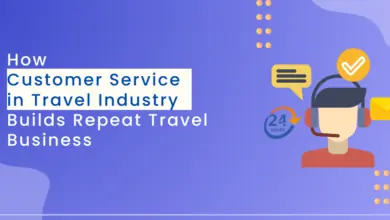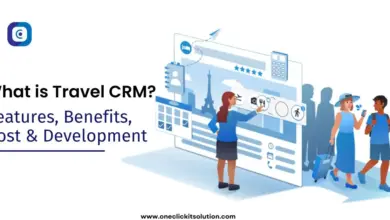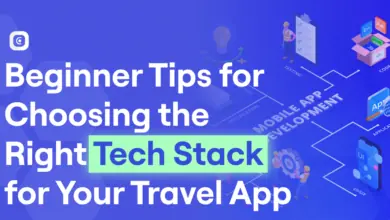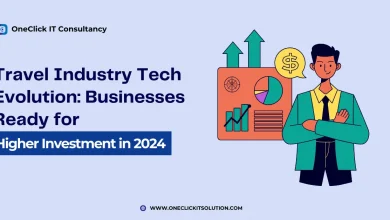How to Integrate Booking Systems into your Travel App
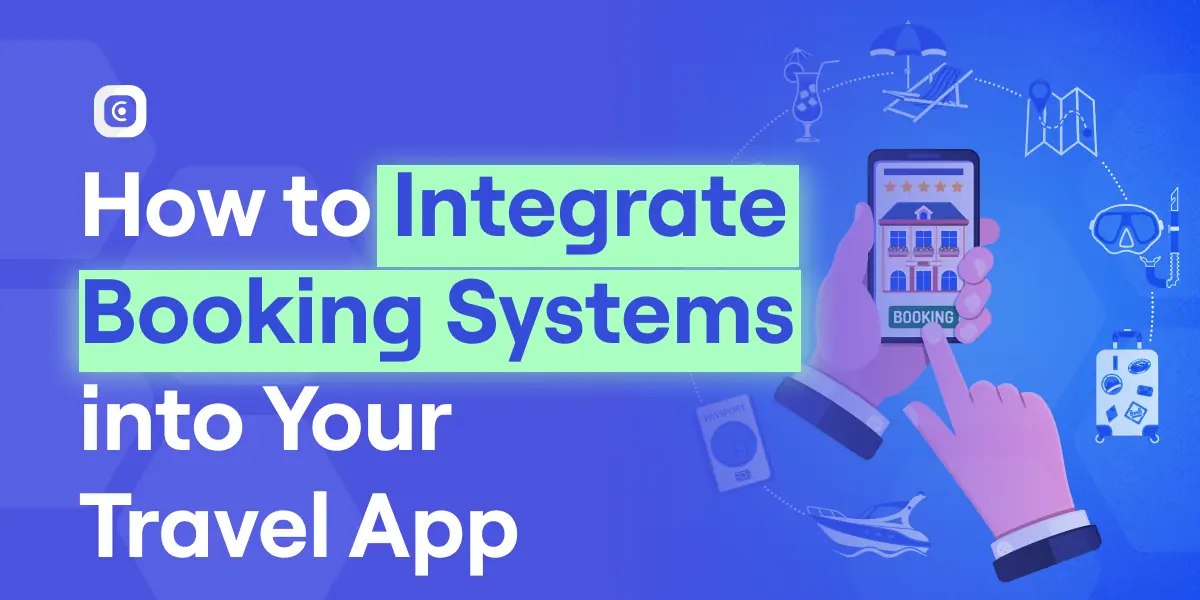
Managing the growing needs of travelers with a basic travel app is simply not enough. In this day and age, customers demand a seamless and personalized way of booking their next trip. Thankfully, we now integrate booking systems with travel apps that boast effective digital advancements and elevate the platform to the next level.
Whether you’re building a mobile travel app, an OTA, or a niche itinerary planner, booking system integration will help you meet the growing expectations of customers all across the world. This blog will take you through the intricate details about travel app development and the advantages of integrating the platform with an efficient booking system.
Buckle up, as we will be discussing everything from choosing the right engine to implementation best practices. Here’s your quick guide to not only improving the user experience but also increasing the repeat customers.
What is a Travel Booking System?
A travel booking engine provides a seamless way to search, select, and book a variety of modules, like flights, hotels, cruises, car rentals, and more. It provides real-time information, pricing information, and instant booking confirmations, with GDS (Global Distribution Systems), OTAs (Online Travel Agencies), or direct suppliers via APIs.
At its core, a booking system is different from a full-fledged travel software. A booking system focuses on the specific task of facilitating online bookings, while a full-fledged travel software offers a broader range of functionalities for managing and optimizing the entire travel booking process. Essentially, a booking system is a tool within a larger travel software ecosystem.
Types of Booking Systems you can Integrate
To further understand the idea of the booking system integration, below are some of the popular categories that are available in the market.
1. Flight Booking Engines
The flight booking engine solutions are designed to allow customers to search, choose, and book flights in real-time, flawlessly. It provides a secure and user-friendly approach for customers to travel without any hassle.
2. Tour and Activity Booking Engines
This travel app development is perfect for travel companies that seek to provide a seamless way of booking all the tourist attractions in one place. Customers can personalize their journey by adding destination-specific events to their itinerary for a memorable experience.
3. Hotel Booking Engines
Ideally designed for hotels, a hotel booking engine allows customers to book a preferred property from the travel app. It enhances user experience with intuitive front ends, dynamic availability, API interoperability, and secure payment channels.
4. Corporate Booking Engines
This mobile travel app engine allows the B2B and B2C businesses to offer a comprehensive platform to corporate employees. It helps in managing and streamlining business travel arrangements with the best possible deals in one place.
5. Car Rental Booking Engines
Improve vehicle accessibility with car rental booking engines that enable users to rent cars and taxis without any hassle. Accelerate your business to success with productivity, satisfied customers, and revenue.
6. Custom White-Label Booking Solutions
Create dedicated travel solutions with plug-and-play white-label travel portal solutions. Designed to meet the needs of both customers and businesses, such booking solutions are an inexpensive way of providing seamless services.
7. Multi-channel Booking Engines
A multi-channel booking engine is a system that allows hotels and other accommodation providers to manage and distribute their rooms and availability across multiple online channels, including their own website, online travel agencies (OTAs), and sometimes metasearch engines.
8. Metasearch Engines
Skyscanner and Google Flights are the prime examples of Metasearch engines. These search tools gather results from multiple other search engines and present them in a single interface. Metasearch engines rely on the results of other engines to offer a broader and more comprehensive search experience.
8 Features Every Travel App Booking System Must Offer
To stand out from the competition, it’s essential to provide a seamless user experience to your customers with access to real-time data that does not take a toll on your business as well. And the best way to make this happen is by relying on an efficient booking engine integration. Below are the features that separate a good booking engine from a bad one.
1. Real-Time Availability and Inventory Sync
One of the most important practices that should never be overlooked is enriching the customers with accurate and real-time information at all times. This can be made possible by integrating travel apps with powered GDSs like Amadeus, Sabre, and Travelport. What’s more, the mobile travel solution should also ensure that it maintains consistent data across every channel.
2. Push Notifications for Updates & Promotions
Another key feature that is important to improve customer satisfaction is providing regular booking updates through the travel booking app. Push notifications are the best way to update customers with upcoming bookings, delays, alerts, and even running promotional ads to attract customers towards customized campaigns.
3. Secure Payment Gateways and Multiple Currency Support
Providing complete security for user payments should be the top priority for online travel booking systems. By setting up gateways, businesses can facilitate friction-free transactions while protecting sensitive customer data with strong encryption, tokenization, and fraud detection measures.
Another benefit of integrating booking systems into the travel app is access to multi-currency support. Customers can get real-time conversion rates of all global currencies with multi-mode payment support via cards, wallets, net banking, cryptocurrencies, etc.
4. Multilingual Interface for Global Travelers
Catering to international travelers requires multilingual support that enables users to access the travel app in their preferred language. The integrated booking system should be designed in such a manner that it allows users of all ages to navigate through the application without any hassle.
5. AI-Driven Personalization
AI-driven personalization in travel apps tailors the user experience by analyzing data to understand individual preferences and behaviors, offering personalized recommendations and streamlined booking processes. This technology enhances the overall travel planning and booking journey, making it more efficient and enjoyable.
6. In-App Chatbots and 24/7 Support
Considering the growing customer base, it’s practically impossible to provide an effective resolution to customer queries instantly. The only way around this challenge is to provide an AI-powered chatbot and visual assistant support that not only addresses customer queries but also helps customers to plan their journeys by creating personalized itineraries.
7. Smart Filters and Search Optimization
User preference should always be of top priority for every travel app. Keep it simple for your customers. Navigating your travel app should not feel like a scene out of a sci-fi movie. Your preferred booking system for the travel app should allow customers to navigate through the platform with smart filters and search optimized for human-like language with NLP support.
8. Reporting Dashboard and Analytics for Admin
An admin reporting dashboard and analytics provide administrators with a centralized view of system performance, usage, and key metrics. This allows them to monitor system health, identify potential issues, track user activity, and make data-driven decisions to optimize performance and improve user experience.
How to Choose the Right Booking System for your Travel App
OTAs, travel agencies, tour operators, and businesses that are just starting off and are unaware of how to choose the right booking system for their travel applications, here is a quick checklist that will help you indefinitely.
- Type of Services: Choose the booking engine integration that provides the preferred services, like flights, hotels, and package options in real-time with maximum accuracy.
- UX & UI Adaptability: Ensure that the design complements your travel booking app properly and matches the design, not making it stand out.
- Support Resources: Verify all the documentation of the booking system, and also make sure the developer support is at your service in case of emergencies.
- Scalability: Do not settle for server-based infrastructure. By opting for cloud-based travel booking systems, you can scale your infrastructure on demand.
- Cost structure: Make the most suitable financial move for your platform by considering both pay-per-transaction and subscription models during travel app development.
- Performance & Reviews: To avoid unwanted issues like downtime and server crashes, check reviews, API response time, and security parameters of the booking engine.
- Integration: Maximize your capabilities by integrating a booking system that is seamlessly compatible with CRM and marketing tools.

Step-by-Step Guide to Integrating a Booking Engine into your Mobile App
The process of travel app development with booking system integration is pretty direct. Here is a detailed breakdown of the steps that you can efficiently carry out the entire process.
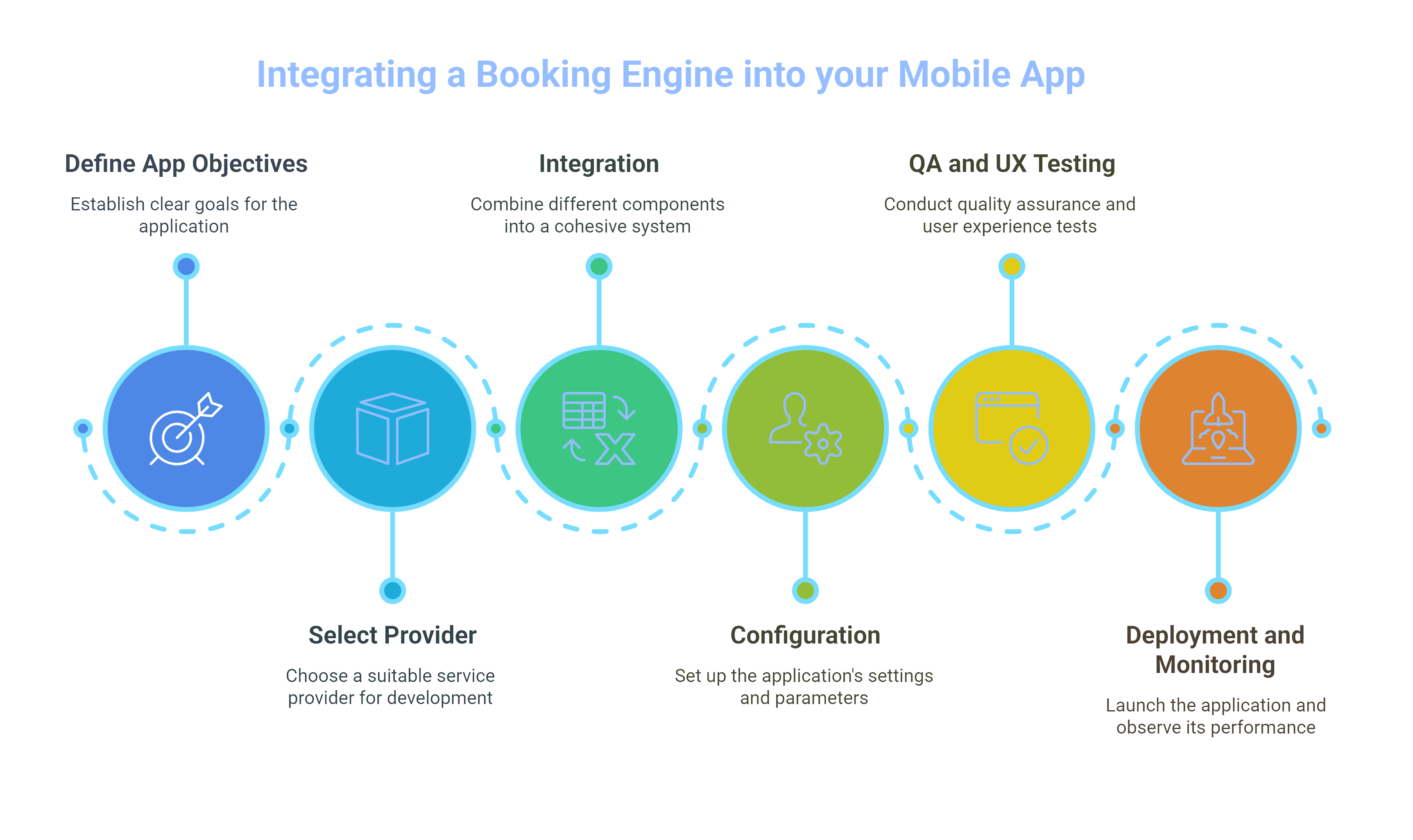
Step 1: Define App Objectives & Booking Requirements
Begin the process by understanding your target audience and regions. This will help you define the objectives you need to achieve and demand suitable booking requirements.
Step 2: Select the Ideal Booking Engine Provider
The next step is the most crucial one as it’ll determine the success of your platform. Choose an ideal provider that gives you access to modern-day features and personalizations for customers.
Step 3: Use SDKs and APIs for Integration
Depending on your travel app development requirements, choose APIs and SDKs. Use APIs to access real-time flight and hotel data from various providers, and SDKs to integrate features like location services or push notifications.
Step 4: Backend Configuration & Frontend Embedding
Moving ahead, set up the necessary servers and databases to manage user data effectively. Additionally, integrate the UI with the backend, allowing users to interact with the travel app.
Step 5: QA and UX Testing
Once the travel app is developed, take time to test its features rigorously with the QA and UX team to ensure that all the features are responding as expected.
Step 6: Go Live with Analytics Monitoring
When it feels right, deploy your mobile travel app for the world to use. However, keep the feedback loop active to improve the user experience with analytics monitoring.
Common Integration Challenges & Solutions
Just like any other technology, integrating a booking system into a travel portal has its own set of challenges. Here are a few problems that you may encounter during the process and how to avert them promptly.
1. Legacy System Conflicts
If your system is not updated regularly, it may run into unwanted errors. The app systems, like booking engines, payment processors, or databases, often end up clashing with each other, resulting in inaccurate results for the users. To prevent this occurrence, make sure to keep the data, security, and scaling capabilities in check with regular updates or patches.
2. Data Sync Delays with Vendors
If your travel booking engine is not paired with efficient GDS suppliers like Amadeus, Sabre, and Travelport, it may provide delayed results. Such issues can hinder your process and potentially lead to missed deadlines. Hence, make sure to establish clear expectations beforehand and set up proper communication channels to collaborate effectively.
3. Cross-Device Responsiveness
While building a travel mobile app, companies must ensure that the app adapts its layout, visuals, and functionality. This helps in providing a consistent and optimal user experience across different devices like phones, tablets, desktops, and screen sizes. It can be achieved through techniques like responsive design and media queries.
4. User Adoption and Training for Internal Teams
One key quality that companies often overlook is to providing features by keeping the user accessibility in mind. Sometimes the application is just too technically advanced for some users. Hence, focus on making the app valuable, easy to use, and providing ample training and support. Also, keep the internal team in mind, making it simple for them to access feedback and improve the app experience.
5. Managing Cost Overruns
If not proceeded with a proactive approach, handling business costs can be a bit tricky. Hence, all steps should be well-planned with accurate cost estimation, and continuous monitoring and adjustment. Additionally, by implementing cost-tracking tools or project management software, the numbers can be justified with more authenticity.

5 Unique Ways to Enhance Booking Integration
Here are a few ways you can further enhance the experience of your travel booking solution, helping to improve the customer satisfaction rate.
1. Loyalty Programs
Provide multiple loyalty programs for your oldest users to directly attract them towards new booking workflows.
2. Travel Insurance
Allow the customers to secure their journey by choosing the option to add insurance during checkout. This also presents as an upsell opportunity for your portal.
3. Badges and Rewards
Make the user interaction more fun by gamefying the booking incentives with exclusive app badges and rewards.
4. Seamless Payment APIs
Allow the customers to pay via any preferred method, even local options, by leveraging the open banking APIs.
5. Travel Checklist Generators
Provide in-app checklist generators for your customers so they can make the most of their journeys and improve your app usage.
OneClick’s Smart Booking Engine Solutions
Step into the world of travel tech with OneClick by your side. Our expertise will help you bring your ideas into a reality with maximum precision. Here are some of our major highlights that separate us from the competition.
- Custom integration support
- Mobile-first UI optimization
- Industry-leading GDS/API partnerships
- End-to-end support from wireframes to launch
- Enterprise-grade security
- Real-time inventory synchronization
- AI-driven personalization features
- Multi-language and multi-currency support
- Smart reporting and analytics dashboard
- Modular architecture for scalable growth

Integrate Smarter, Travel Better: OneClick has your Back
Make booking the easiest part of the journey for your users. Whether you’re an OTA, a niche travel business, or a startup with a vision, integrating a reliable booking system is your launchpad to scale. And with OneClick by your side, your travel app’s journey is just getting started.
FAQs
Yes, if your travel app is designed with the right architecture, it can seamlessly handle multiple APIs, such as flights from Amadeus and hotels from Expedia.
The time required to integrate a booking system into a travel app varies from a few weeks to months. It depends on the complexity and the requirements of the project.
Yes, hybrid models store limited inventory offline or allow booking requests that get confirmed when online.
Choose compliant providers and ensure your backend handles data encryption, user consent, and transaction safety.


